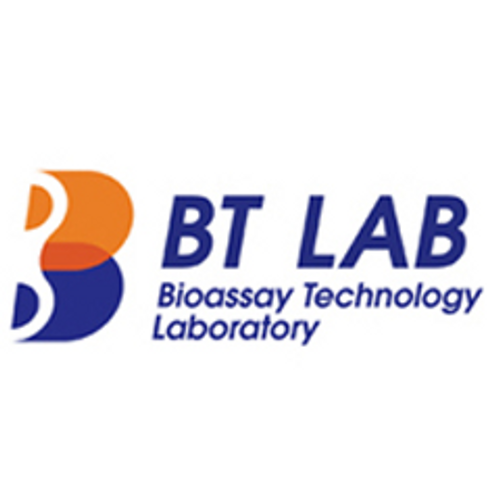Product Description
AKT (phospho-Y315) polyclonal Antibody | BS4648 | Bioworld
Host: Rabbit
Reactivity: Human,Mouse,Rat
Application: IHC
Application Range: IHC: 1:50~1:200
Background: AKT, also known as protein kinase B (PKB), is a 57 kDa serine/threonine protein kinase. There are three mammalian isoforms of Akt: AKT1 (PKB alpha), AKT2 (PKB beta) and AKT3 (PKB gamma) with AKT2 and AKT3 being approximately 82% identical with the AKT1 isoform. Each isoform has a pleckstrin homology (PH) domain, a kinase domain and a carboxy terminal regulatory domain. AKT was originally cloned from the retrovirus AKT8, and is a key regulator of many signal transduction pathways. Its tight control over cell proliferation and cell viability are manifold; overexpression or inappropriate activation of AKT has been seen in many types of cancer.
Storage & Stability: Store at 4°C short term. Aliquot and store at -20°C long term. Avoid freeze-thaw cycles.
Specificity: p-AKT (Y315) polyclonal Antibody detects endogenous levels of AKT1 only when phosphorylated at Tyr315. This Antibody also recognizes AKT2 and AKT3 when phosphorylated at the corresponding residues.
Molecular Weight: ~ 60 kDa
Note: For research use only, not for use in diagnostic procedure.
Alternative Names: RAC-alpha serine/threonine-protein kinase; Protein kinase B; PKB; Protein kinase B alpha; PKB alpha; Proto-oncogene c-Akt; RAC-PK-alpha; AKT1; PKB; RAC; PKBα; RAC-beta serine/threonine-protein kinase; Protein kinase Akt-2; Protein kinase B beta; PKB beta; RAC-PK-beta; AKT2; PKBβ; RAC-gamma serine/threonine-protein kinase; Protein kinase Akt-3; Protein kinase B gamma; PKB gamma; RAC-PK-gamma; STK-2; AKT3; PKBG; PKBγ
Immunogen: Synthetic phosphopeptide derived from human AKT1 around the phosphorylation site of Tyrosine 315.
Conjugate: Unconjugated
Modification: Phosphorylation
Purification & Purity: The Antibody was affinity-purified from rabbit antiserum by affinity-chromatography using epitope-specific immunogen and the purity is > 95% (by SDS-PAGE) .
Pathway: Regulation of Microtubule Dynamics,Contribution of Soluble Factors to EMT,
 Euro
Euro
 USD
USD
 British Pound
British Pound
 NULL
NULL












